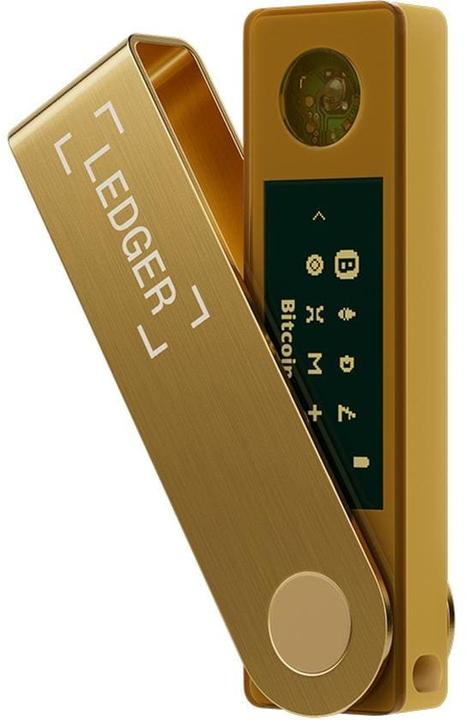To ensure that a new ledger (e.g. a Ledger Nano S, Ledger Nano X or Ledger Stax) has not been tampered with, you should carry out the following steps:
1. check the original packaging
- Make sure that the packaging is unopened and undamaged.
- Ledger does not seal the packaging with security stickers to prevent users from relying on counterfeit seals. Instead, look for signs of tampering, such as adhesive residue or double-sticked areas.
2. check the device the first time you switch it on
- The first time you switch on the device, it should ask you to set a new PIN.
- If the device already has a PIN or you do not have the option of setting a new PIN, it may have been tampered with.
- The device must not have a pre-installed recovery seed list!
- If a "recovery seed" has been supplied or the device shows you a predefined seed phrase, you should not use it under any circumstances!
3. use official Ledger Live software
- Only download Ledger Live from the official website (
https://www.ledger.com/ledger-liv...)
- Connect your device to Ledger Live and check whether it is recognised as authentic.
- In Ledger Live under "Settings" → "Device verification" you can verify the authenticity of your device.
4. check firmware version and updates
- Make sure that the device is running an official firmware version from Ledger.
- Open Ledger Live → "Manager" and check whether a firmware update is offered.
- If your device contains an unknown or not officially signed firmware, you should not use it.
5. check for hidden hardware manipulation
- If you have any doubts, you can visually check the device for tampering:
- Are screws or housing edges damaged?
- Are there any signs of openings or soldered components?
If you have any suspicions: Do not use the device and contact Ledger Support!

